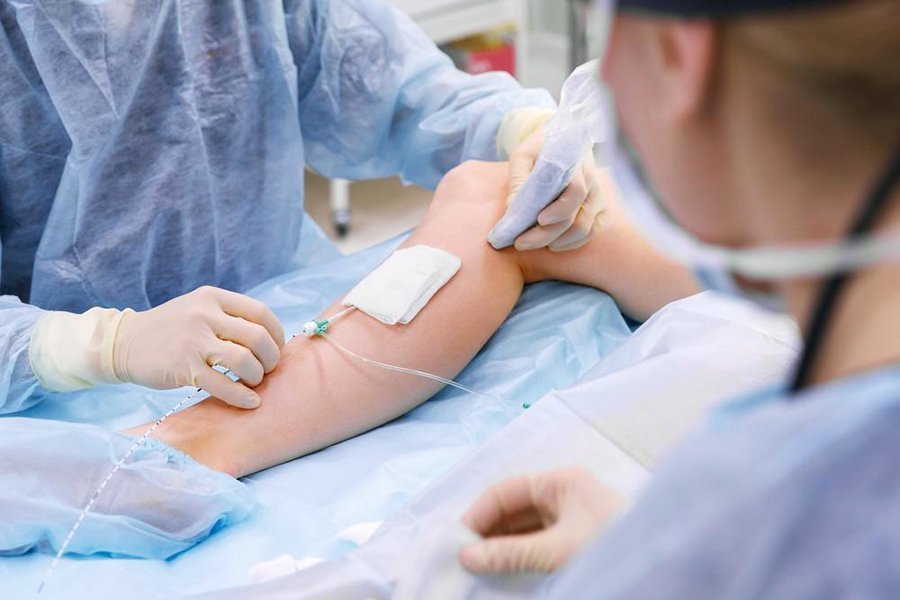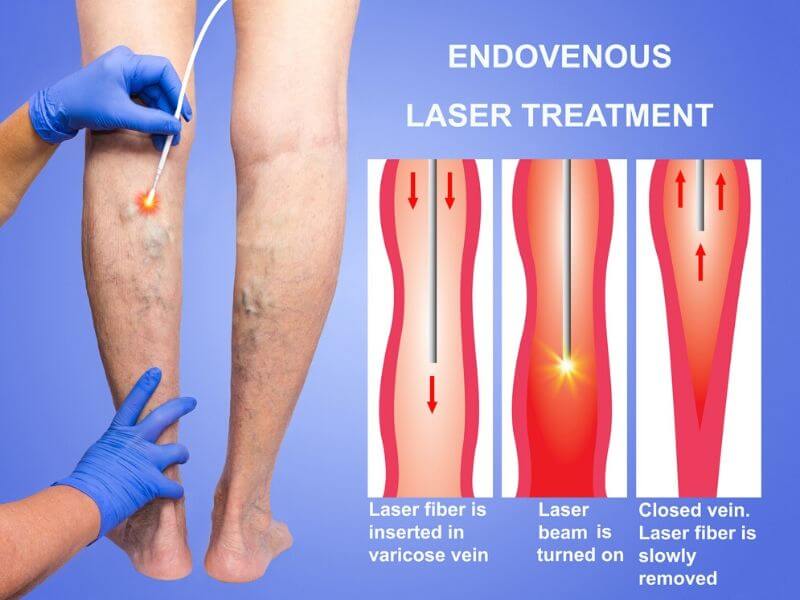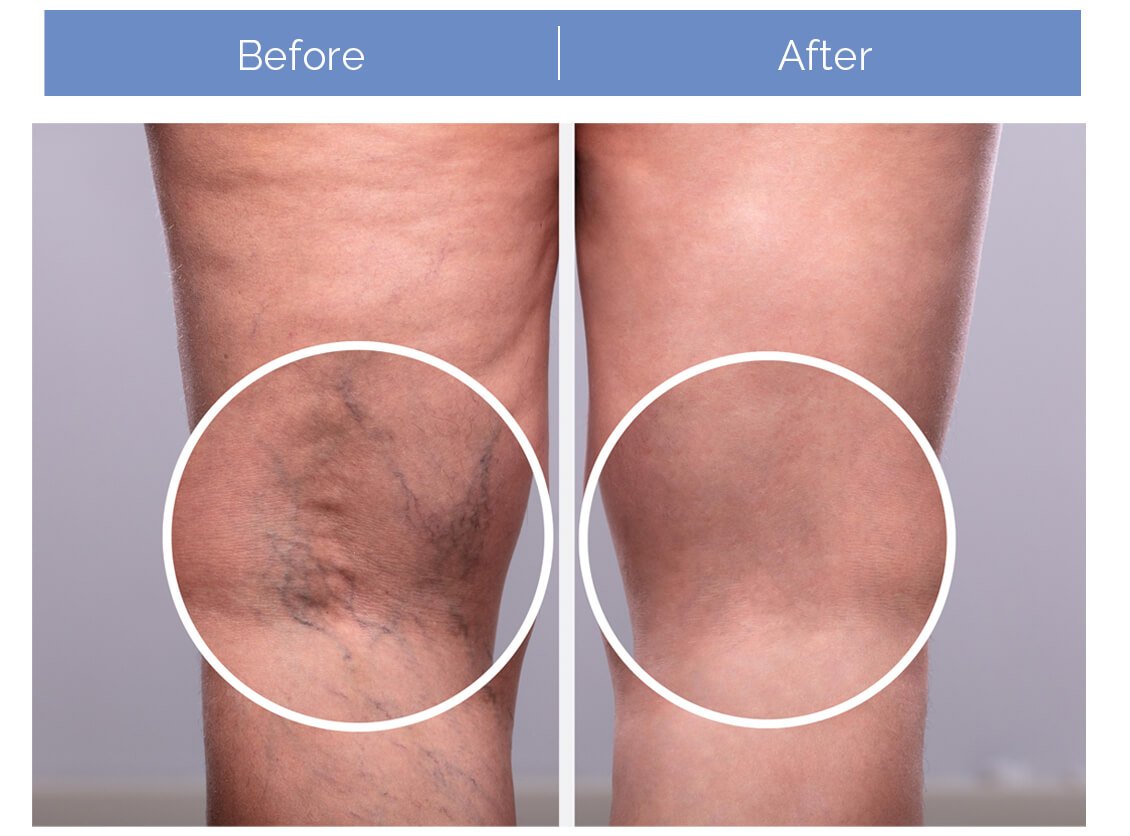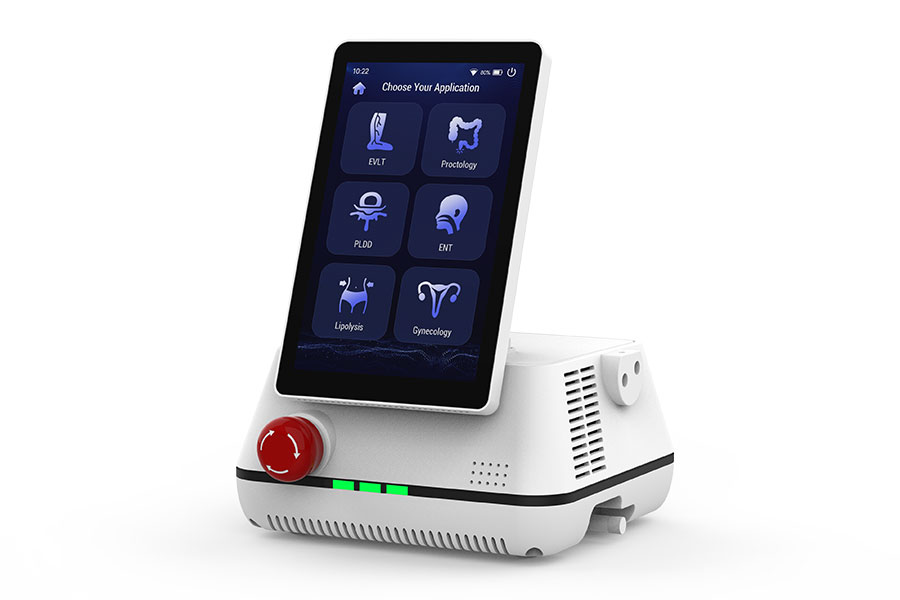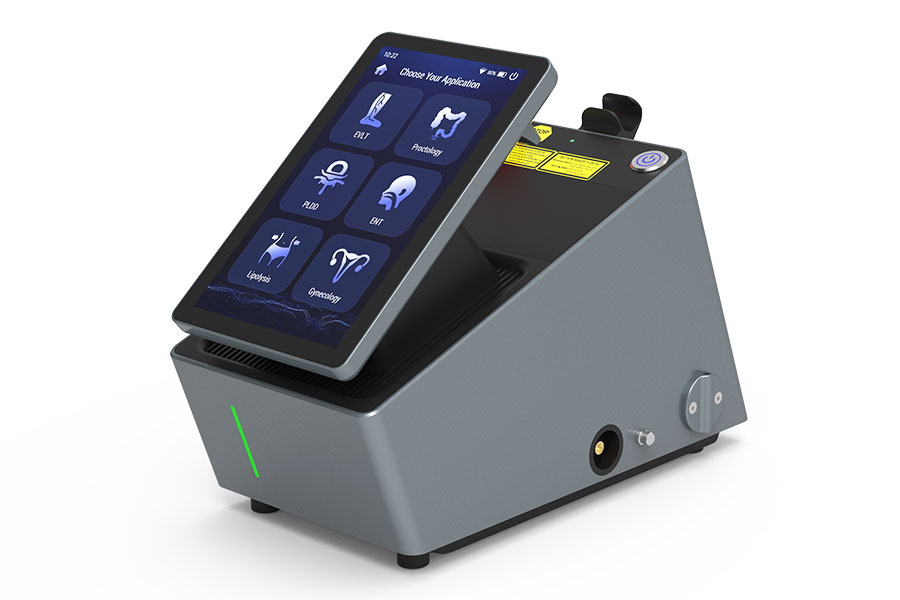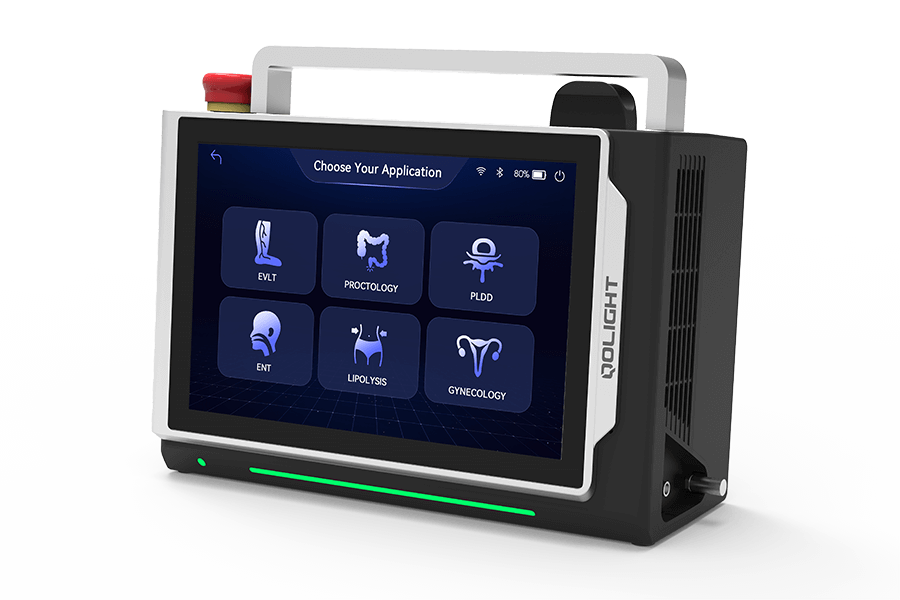Endovenous Laser Treatment – EVLT
In daily life, varicose veins are a common venous system disease. The common symptom is that the superficial blood vessels are looking like sputum, and the varicose skin is obviously lumpy or nodular. The main reason for the formation of varicose veins is that the congenital vascular wall membrane is relatively weak, or the same posture is rarely changed for a long time, resulting in blood accumulation in the lower limbs.
Varicose veins not only affect the appearance, if left untreated, but they may also develop into swelling, fatigue, skin changes, discoloration, inflammation, and even venous ulcers.
Phlebology Laser for Varicose Veins
Endovenous laser treatment (EVLT) is a method of treating varicose veins using carefully controlled laser beams.
This method doesn’t require open surgery. Instead, this method uses the heat from a laser to ablate the malfunctioning veins. The heat kills the walls of the veins and the body, thus naturally absorbing the dead tissue and destroying the malfunctioning veins. The veins usually targeted are in the main trunks of the legs:
- Great Saphenous Vein (GSV)
- Small Saphenous Vein (SSV)
- Tributary Veins
Optimal Wavelength for Phlebology
1940nm has the highest absorption coefficient in water as compared to the Generation 1 to Generation 3 laser diodes (808nm, 980nm, and 1470nm).
This means that there is a higher absorption of the laser energy by the interstitial water in the venous walls. Studies have proven that the efficiency of 1940nm laser to be the most superior to EVLA than the others. In fact, it has been proven that the 1940nm laser diode has an absorption rate several times higher than 1470nm laser and dozens of times higher than 980nm laser.
Clinical Advantages
- Provides the most advanced and efficient technology
- Performed under local anaesthesia
- Allows a fast recovery of the patient, reducing length of hospitalization and downtime
- Minimizes the risk of side effects
- Provides excellent results with the higher rate of occlusion
- Many clinical studies worldwide have provided evidence of its effectiveness
- Very safe treatment, minimally invasive, easy to operate

